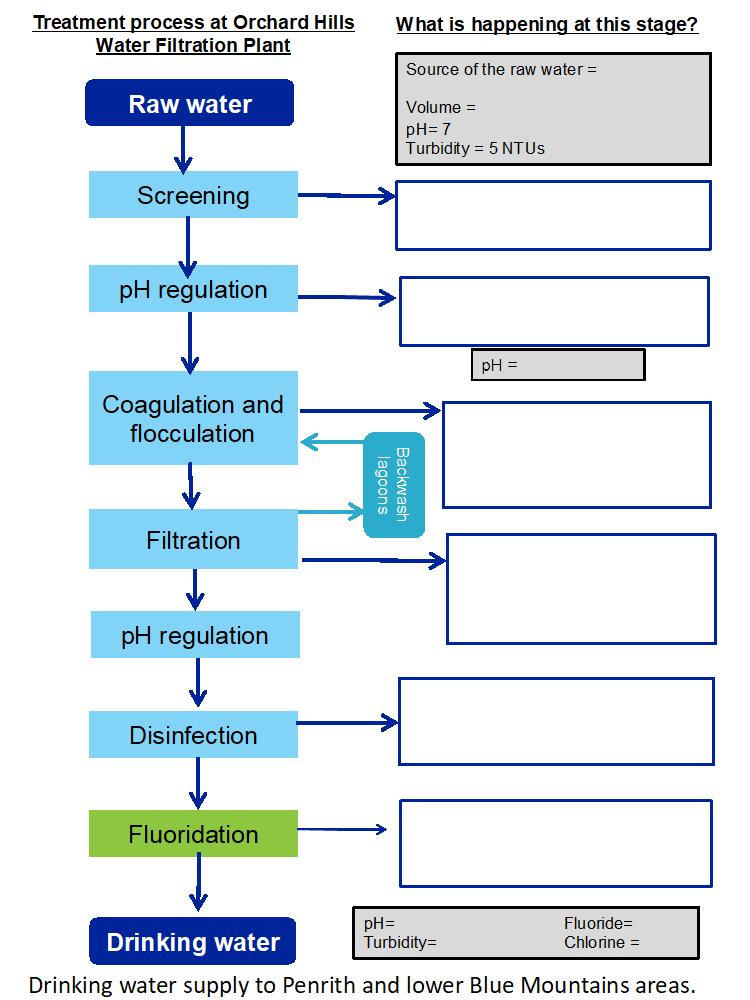A Biased View of Residential Water Treatment System
Table of ContentsThe Main Principles Of Residential Water Treatment System Getting The Residential Water Treatment System To WorkThe Greatest Guide To Residential Water Treatment SystemAll about Residential Water Treatment System

on the various other hand, originates from production, commercial and business activities lugged as well as has a totally different composition than sewage water. Just how does it function? The very first step in this water therapy plant is that the wastewater drains pipes to the plant with the aid of gravity via the primary sewer system.
In this stage, the water relocates through the crushed rock chamber to remove any type of grit. The water after that moves to the bar displays which get rid of large things.
In this stage, the water streams to the main settling tanks, additionally recognized as pre-settling basins. These tanks have hoppers which are located in the base of the storage tank where water flows through.
The Ultimate Guide To Residential Water Treatment System
These resolving containers enable the sludge to clear up and afterwards relocates to digestion storage tanks. In the digestion storage tanks, the sludge is warmed and mixed. Another vital point that happens right here is the manufacturing of biogas, which the wastewater therapy plants can recycle, in the production of electrical or thermal power which is an additional substantial advantage to the setting.

The last action in wastewater therapy is evaluation. This examination involves examining the contamination level of the water treated and making certain it conforms with the greatest standards in order to be launched or recycled for residential or commercial functions. residential water treatment system. Applications: The majority of petroleum refineries or petrochemical in addition to chemical sectors produce a huge amount of wastewater and also need on-site wastewater therapy plants.
The wastewater below moves with displays as well as right into settlement basins that can take out particles in huge amounts. It serves as a pre-treatment as stated over as it takes location prior to three even more hostile stages- main, second as well as tertiary therapy. Primary Treatment During this phase, the wastewater relocates into the clarifiers.
See This Report about Residential Water Treatment System
It is the style of these storage tanks that lead to working out, that is, the organic solid issue collects at the end of the container while the lighter issue drifts to the leading coming to be less complicated for removal. The natural matter that settles near the bottom is go to this site referred to as a primary sludge covering.
Second Therapy This therapy stage contains aerobic oygenation. Aeration basins have aerators, these have a system of pipelines or tubes affixed to them. They are constructed from ceramic or rubber membrane layers that have small openings in them for air to go through. When this air flows through the aerators, the tiny openings present, turn them right into bubbles as well as they obtain blended with the water column.
This RAS returns right into the primary information tank and also the bacteria in it helps in damaging down any type of raw material in the sewer. As soon as RAS has actually completely experienced both the main and also second information basins continuously, i. e numerous times, it is developed into waste-activated sludge (WAS). The WAS then does not go back to the key explanation tank but instead relocates to the protected storage tanks, additionally known as cardiovascular sludge digesters.
The continuing to be sludge moves to the dewatering center that consists of dewatering containers where the plant makes use of belt presses to press any type of continuing to be water out of the sludge. Tertiary Get More Info Treatment Tertiary treatment follows the procedure of both primary as well as additional processes but also in addition includes mechanical as well as photochemical procedures.
The smart Trick of Residential Water Treatment System That Nobody is Talking About
The objective of this is to get rid of as much strong physical issues as possible prior to sending out the effluent for more therapy. Here chemicals are added to damage down any kind of strong as well as chemical waste.
There are two types of materials- one is an anion one while the various other is a cation one. These previous resins release hydroxyl ions which are negatively charged while the cation resins release hydrogen ions that are favorably charged. The cation-exchange materials result in conditioning of water, the anion-exchange result in the elimination of nitrate from wastewater as well as the combination of both the anion as well as cation exchange eliminates virtually every ionic pollutant present in the feed water with a procedure called deionization (residential water treatment system).
Applications: Demineralization brings about the full elimination of minerals from the water as well as is generally used in sectors that need water with high degrees of pureness, as an example- make-up or feed water in high-pressure boilers, the food as well as drink market, as well as process streams made use of in click over here the manufacturing of electronic devices. They are likewise used in industries for the generation of heavy steam, power as well as air conditioning.
Reverse Osmosis (RO) Water Treatment The concept of reverse osmosis (RO) operates on the filtering approach that causes the elimination of a a great deal of contaminants and impurities from wastewater by using stress to it when it gets on one side of a membrane layer. How does it work? This water treatment plant works by making use of a high-pressure pump that enhances the stress on the salt side of the RO as well as compels the water across the semipermeable RO membrane (which enables some atoms as well as molecules to pass however not others), leaving nearly 95%-99% of dissolved salts in the turn down stream.